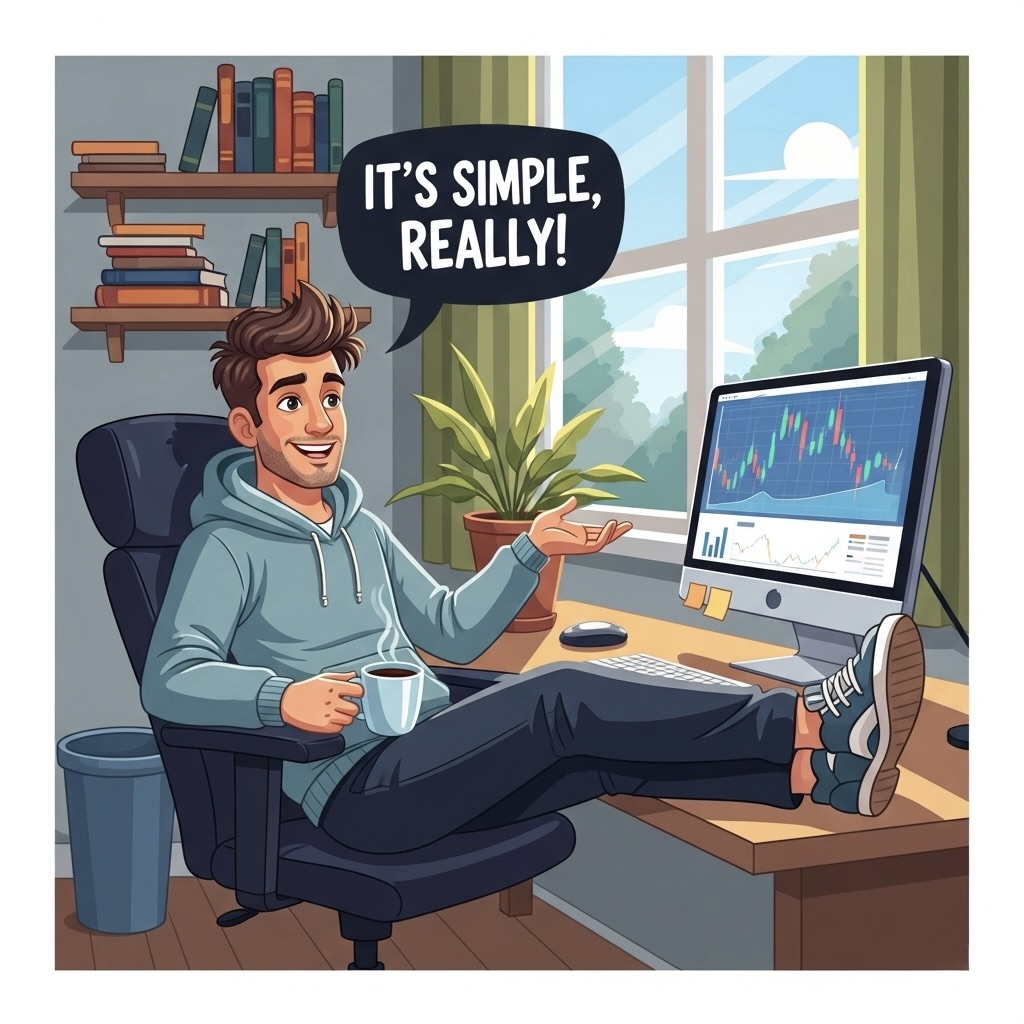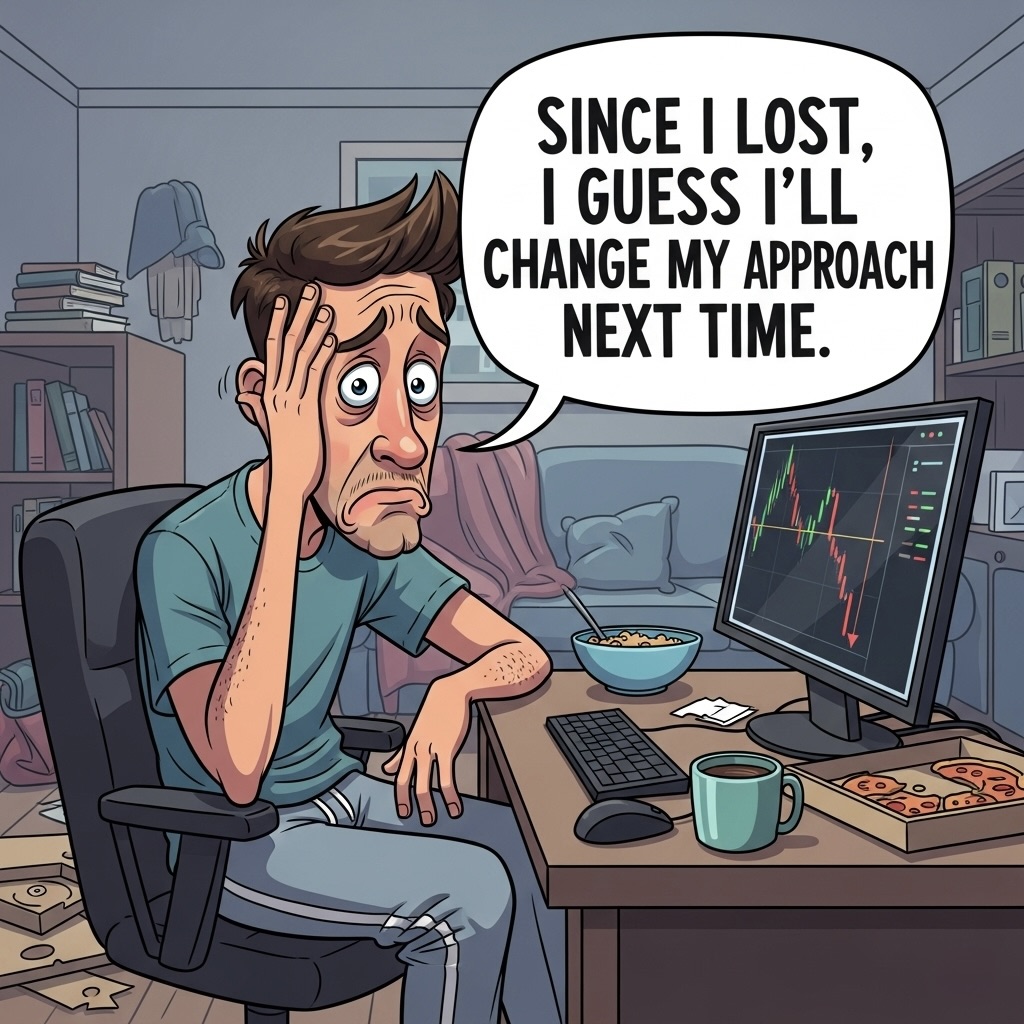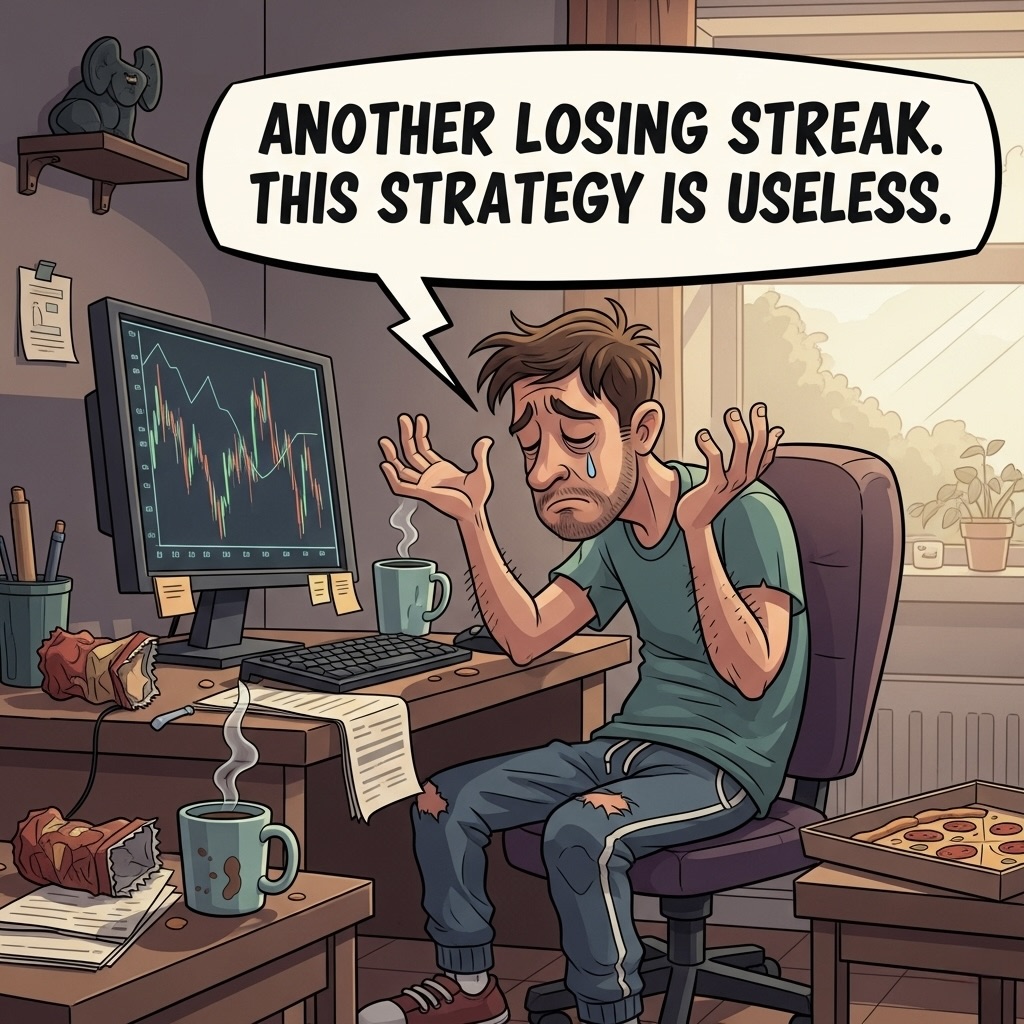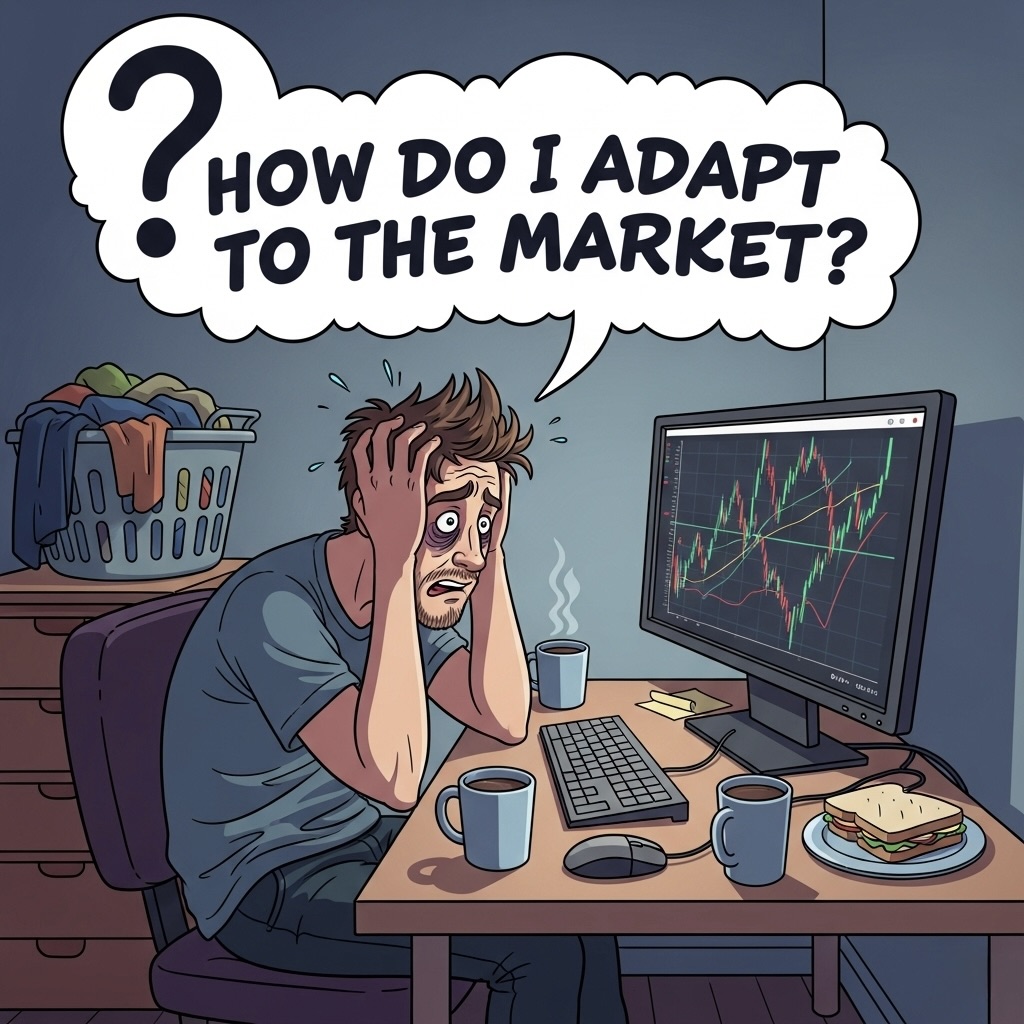Some people think that following the rules is meaningless if they lose, but this is a mistake.
The purpose of following the rules is not to win the current trade.
Follow the rules and lose properly.
By doing so, you will ultimately profit from a system that has an edge.
The purpose of following the rules is not to win the current trade.
Follow the rules and lose properly.
By doing so, you will ultimately profit from a system that has an edge.
• • •
Missing some Tweet in this thread? You can try to
force a refresh









